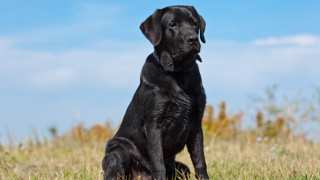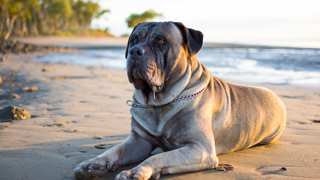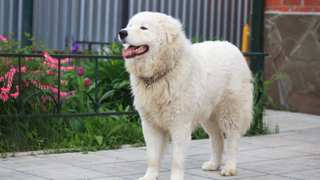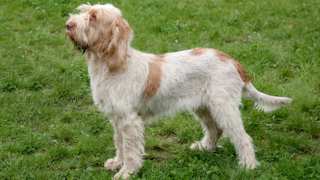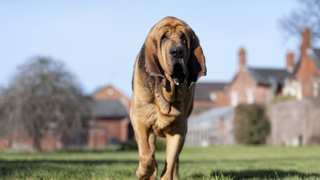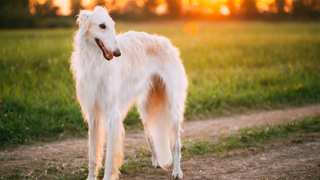Do Greyhounds smell? While not really known for the infamous "doggy odor," these dogs can get stinky if they spend lots of time outside, where they're more likely to roll in dirty or smelly things. In general, though, Greyhounds will only need baths every couple of months.
It's also important to use canine shampoo, as the kind made for humans can irritate a dog's skin. (Plus, canine shampoo will make your Greyhound smell clean and fresh!) Since these dogs' coats are relatively thin, their skin flakes and itches pretty easily--so the best shampoo for Greyhounds is the kind containing oatmeal and other skin-nurturing ingredients. Recommended brands include Rocco & Roxie, Paws & Pals, and Pro Pet Works, all of which have offerings containing oatmeal.
Before your Greyhound bath, be sure to give the dog a thorough brushing. You can bathe a Greyhound either in a bathtub, or in an outdoor plastic pool using a garden hose. Wet the coat thoroughly, then apply a quarter-sized amount of Greyhound shampoo to the dog's back. Lather well, working downward and outward as you go. (And don't forget the legs, underbelly, and tail!) Clean the dog's face, head, and ears with a washcloth, then rinse the coat until the water runs clear.
Towel-dry the coat, then finish by giving the dog another quick brush-through to make the coat look clean and neat.

